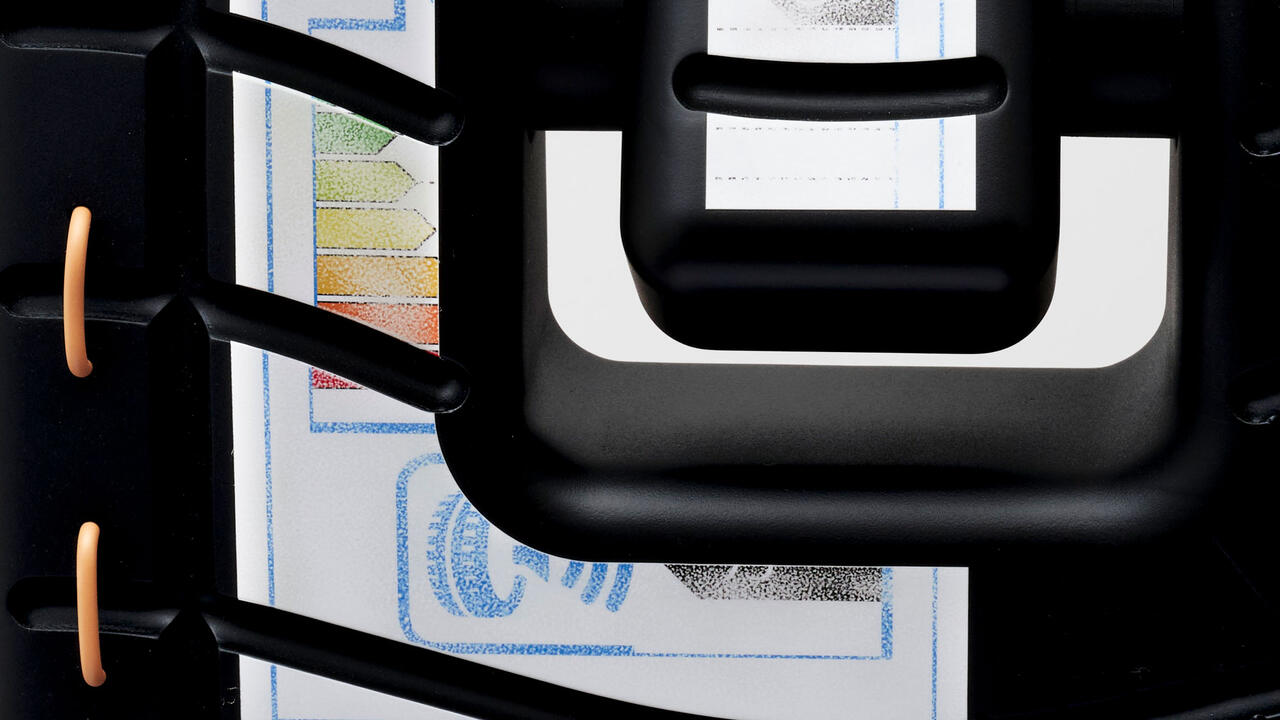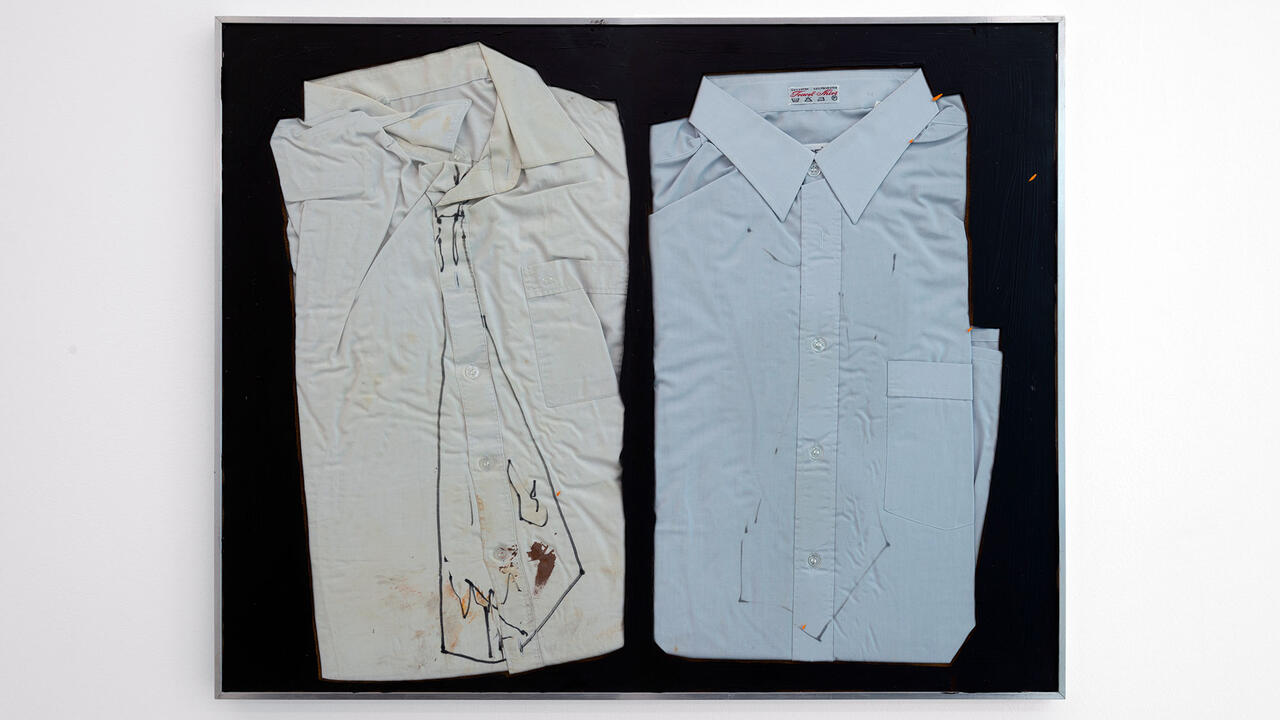Rosalind Nashashibi
Aimlessness and sunlight, everyday life and introspection, communities and kitchens
Aimlessness and sunlight, everyday life and introspection, communities and kitchens

Anton Chekhov famously observed that if there’s a gun in the first act, it’ll go off in the third, but he was talking about plays. Life has no plot. Much of it is spent eating, sitting around, wandering aimlessly along a street or, if you’re lucky, lazily enjoying the warm sunlight on your face. This is not the tale told by popular cinema or theatre. In life it is far more likely that the gun will be put in a cupboard and gather dust. In life the drone of traffic can be oddly companionable; music floats through the air from the open windows of passing cars; groups of people talk and don’t listen; conflicts are not resolved; conversations hum around you, and it’s a relief they mean nothing. A gentle contentment can emerge from such detachment, born of the realization that the world, despite its volatility, can occasionally ask very little of you.
Rosalind Nashashibi makes films that, at first glance, can seem a little ordinary – like home movies without the home, nothing much happens, and then they’re over. Occasionally they can also seem a little bleak: in Blood and Fire (2003), for example, old women eat lunch at a Salvation Army canteen that is both over-lit and bleached of colour; in Dahiet Al Bareed: District of the Post Office (2002) tyres burn amid the rubble of buildings beneath a blue sky; in The States of Things (2000) a scrum of elderly people hunt for bargains at a jumble sale. But I’ll state the obvious: no life, once examined, is ever ordinary, although its representation can be – details flattened or the nuances of individuality ignored. Equally, a life is only bleak if every shred of companionship, optimism or care has been wrung from it. None of which, by any stretch of the imagination, is true of Nashashibi’s films. She concentrates on scenes with the intensity of someone trying to still a lazy eye – her gaze wanders, lingers and then fixes on faces, textures and communications between people, dignifying the everyday with a curiosity that maintains a respectful distance even as it probes.
Her palette comprises the patterns and rhythms of the everyday, the non-event or the seemingly inconsequential. This might be in Palestine, Scotland or the US (born in England, Nashashibi is of Palestinian and Irish ancestry and lives in Glasgow). Her films are as self-absorbed as the people and places they explore; Nashashibi likes to train her camera on people so involved in the moment that they seem indifferent to her presence. Occasionally this introspection can drift into a limbic state of out-of-timeness. The bleached-out quality of some of her films lends itself to a vague atmosphere of free-floating nostalgia, assisted by her choice of medium – Super 8 and 16 mm film, which she shoots on a wind-up Bolex camera and then transfers to DVD.
As they do in everyday life, disjunction and humour have bit parts to play here: a shot of a beach as pale and lovely as a sea-washed pebble is interrupted by a voice-over of a woman saying, ‘there you are, lass, there’s your sausage’; a broken building is hung with a sign that reads, ‘Heaven Knows Video Pool Family Entertainment’; the sound-track to a Scottish jumble is a love song by the Egyptian singer Um Kolsoum; Palestinian men get their hair cut in the Sweet Love Saloon For Men. Nashashibi makes it clear that the only time people really laugh is when they are with someone else. She often focuses on the experiences that bring people together – food being prepared, meals taken, interests shared. In Midwest (2002) men break bread at Gaby’s Restaurant, and in Hreash Housing (2004) Palestinian women talk together while cooking for their families; Blood and Fire, set in Scotland, opens with a soup tasting. In Midwest: Field (2002) amateur model plane enthusiasts gather beneath a cloudless sky to fly their planes; in University Library (2004) Glaswegian students murmur and study as the camera drifts across the spines of books and a librarian daydreams.
These films tend to be brief – at 20 minutes Hreash Housing is by far the longest Nashashibi has made – and many are around three minutes. Brevity works well here – the films often function like extended snapshots of scenes, which, apart from the titles, explain nothing and, despite their duration, have no real beginning or end. Everything you need to know about this moment, she seems to be saying, is here in front of you. Importantly, Nashashibi never translates or subtitles. In an age of over-determined art experiences, pretentious explanations and dramatic news footage this is refreshing, an appeal to those aspects of our intelligence that are fuelled by empathy and recognition of common ground, despite geographical, cultural or linguistic differences.
Nashashibi is mesmerized by the minutiae of domestic life: by the symmetry of cushions on an ornate couch or a colander of freshly washed apples, by the twilight blue of a street seen from a window or the curved back of a woman bent over a bowl. In this she is as indebted to much still life and domestic painting of the 17th century as she is to recent developments in film and video. She reminds me of a story I heard about a Dutch painter who commemorated a victorious battle with the Spanish by making a modest painting of a beer keg. It is perhaps ironic that Nashashibi’s approach -– one that is less interested in disruption or innovation than in restoring a slowness, a thoughtfulness, to the way in which we navigate this seemingly very fast planet – would have been considered less radical 400 years ago than it is now.














